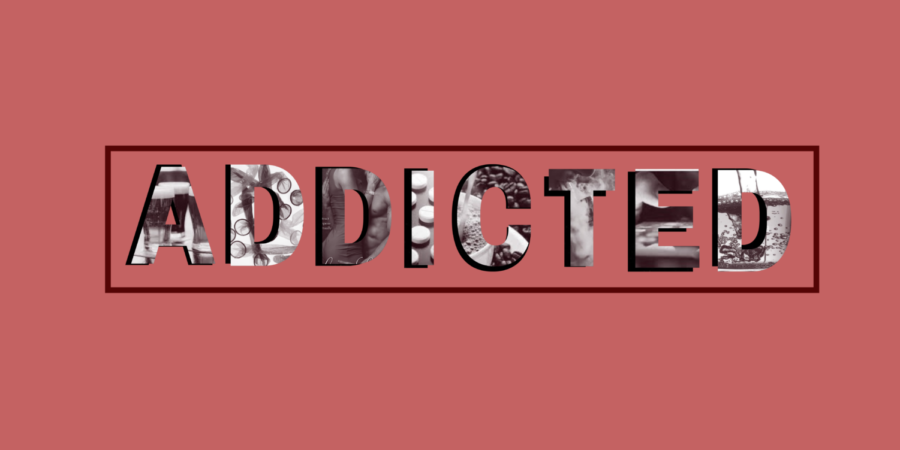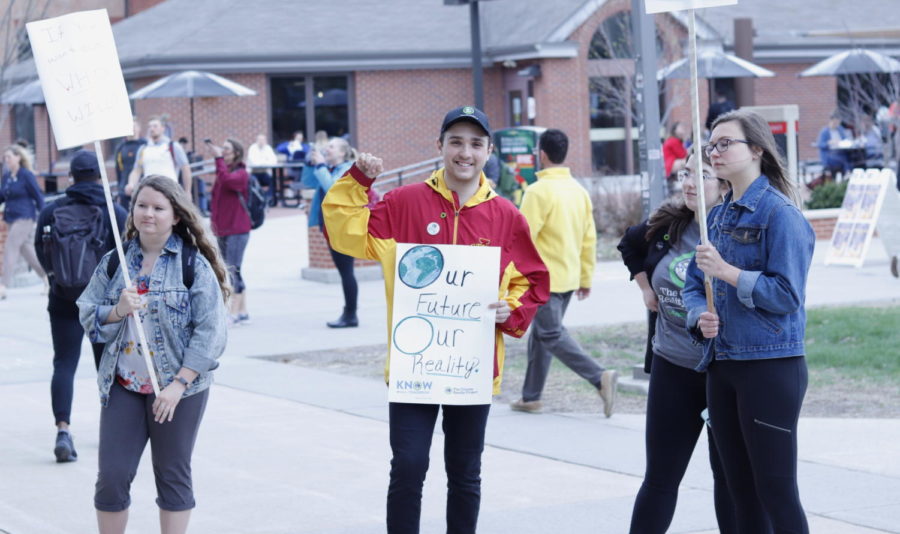ADDICTED: Iowa leads the pack in meth usage
“ADDICTED” is a multi-part series that focuses on different addictions that college students face. From alcoholism to addiction to screens, “ADDICTED” will focus on a different form of substance use in each series installment.
October 4, 2022
Methamphetamine is generally sold in low gram amounts- about 454 grams in one pound. The Story County Sheriff’s Office seized in a total of 79 pounds of methamphetamine in 2021, Sgt. Nicholas Hochberger told the Daily.
This weight is the roughly the same of how much a 10 to 12 year old child would weigh.
According to annual Iowa Drug Control Strategy and Drug Use Profile Report, in 2021, there were upwards of 150,000 grams of meth seized from Iowans. This is nearly 331 pounds of meth. While the problem of the increasing methamphetamine use in Iowa might seem far off, the problem may be right in the backyard or around the corner. Hochberger said Story County is far from being free of meth use. According to him, since 2014, the number of meth investigations, seizures and meth-related offenses have tripled in the county.
Arie True-Funk, a social science analyst at Iowa State, said a meth addiction may be infiltrating anyone’s community.
“
Honestly, you know someone who is addicted to meth right now. You just don’t know it.
— Arie True-Funk, ISU social science analyst.
Honestly, you know someone who is addicted to meth right now. You just don’t know it.
— Arie True-Funk, ISU social science analyst.
Hochberger said this matched his experiences in the police force. He said four out of five drug investigations in Story County involve the use of meth.
The rate of meth treatment in Iowa far exceeds neighboring states and the national prevalence level, with Iowa at 29%, surrounding states at 19% and the national level at 10%, according to “Methamphetamine Use in Iowa,” published in Sept. 2021, by the Public Science Collaborative, a team of researchers who look at drug use issues and factors in Iowa over time.
True-Funk said a majority of methamphetamine is the product of Mexican cartels. She said while more people used to make their own methamphetamine in a meth lab with the use of precursor drugs, Mexican cartels are now the main source of meth production and distribution.
True-Funk said meth can be brought into the United States as a liquid or as a solid, and Hochberger said it can even be delivered through the mail. Hochberger also said Mexican cartels not only produce the meth in bulk, but they make it 96% to 99% purity rate.
“What’s happened is that methamphetamine has become more potent, pure and affordable,” True-Funk said. “It’s the cheapest stimulant out there.”
In fact, True-Funk said a milligram to a gram of meth can be sold for nearly ⅓ of the price of the same amount of cocaine. She said because meth is getting cheaper, it is becoming an issue across all ages and races.
Shawn Dorius, an associate professor of sociology and demography at Iowa State who is also a co-director of the Public Science Collaborative, said that while there is an increase in the general population’s use of meth, there are certain people groups that are more likely to engage in meth use.
“The higher your socioeconomic status, the less likely you are to be involved with that kind of stigmatized illicit drugs like methamphetamine or heroin,” Dorius said.
Hochberger said he has seen a greater number of adults 30 years and older be arrested for meth use or distribution. True-Funk’s research agreed, showing increasing methamphetamine use among college graduates. The college provides somewhat of a protective barrier from harder substance use, but after the students graduate, harder drugs become more available, she said.
Dorius said research shows people with a college degree, whether they began using meth in college or after, are more likely to engage in a level of methamphetamine use that will require seeing a treatment center.
While meth use, in general, is an upward trending issue, True-Funk said one of the most dangerous parts of the meth distribution is that it is being laced with a stronger and more deadly drug – fentanyl.
She said meth dealers use “old meth,” whose high lasts about three to four days, and transform it into “new meth” by adding doses of fentanyl.
“And what that does is instead of being high for four or five days, for fentanyl, it tamps down [the high] and it makes it to where they have to come back for more,” True-Funk said. “So, it’s less effective and more addictive.”
It’s a successful tactic that drug dealers use to make more money, she said. If a high from “new meth” is much shorter and weaker, individuals keep spending their money on more of it. True-Funk also said people who have never used opiates are much more likely to overdose on “new meth” because fentanyl is 100 times more potent than other opiates.
In addition to the possibility of overdose, True-Funk said using methamphetamine can cause severe health issues such as legitimate changes in a meth user’s brain structure. There is also the possibility of diseases coming from shared needles when injecting meth and potentially fatal injection site infections. True-Funk said mental health is also greatly affected when one uses any substance.
“A lot of times substance abuse and mental health are wrapped up together,” Hochberger said.
About 75% of the drug cases in Story County are associated with the individual’s mental health, Hochberger said. Conversely, Hochberger said 75% of the time the police go to pick up an individual for mental health reasons, the person is also experiencing some sort of drug abuse. From depression to schizophrenia to post traumatic stress disorder, Hochberger said the stressors of mental health problems often result in substance abuse.
Hochberger also said signs of meth use can include weight loss, change in behaviors, lack of sleep, disorganized living conditions, fidgeting and a decrease in mental healthiness.
“So if people notice that, it may be time to start asking questions to get help for that person,” Hochberger said. “The earlier you can get somebody started with treatment or getting help for addiction or mental health, the better off they’ll be.”
















